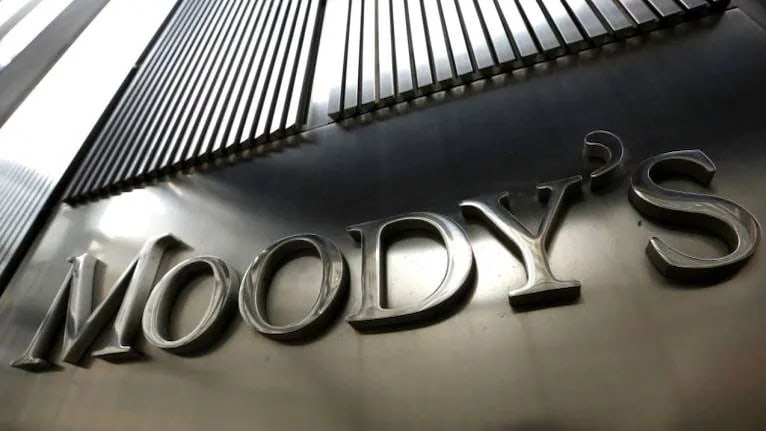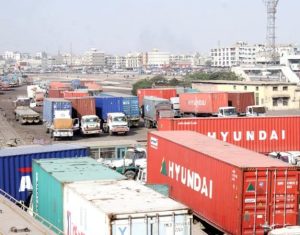SINGAPORE – Moody’s Investors Service on Tuesday downgraded the Pakistan’s local and foreign currency issuer and senior unsecured debt ratings to Caa3 from Caa1.
Moody’s has also downgraded the rating for the senior unsecured MTN programme to (P) Caa3 from (P)Caa1. Concurrently, it has also changed the outlook to stable from negative.
The decision to downgrade the ratings is driven by Moody’s assessment that Pakistan’s increasingly fragile liquidity and external position significantly raises default risks to a level consistent with a Caa3 rating.
In particular, the country’s foreign exchange reserves have fallen to extremely low levels, far lower than necessary to cover its imports needs and external debt obligations over the immediate and medium term. Although the government is implementing some tax measures to meet the conditions of the IMF programme and a disbursement by the IMF may help to cover the country’s immediate needs, weak governance and heightened social risks impede Pakistan’s ability to continually implement the range of policies that would secure large amounts of financing and decisively mitigate risks to the balance of payments, it said.
“The stable outlook reflects Moody’s assessment that the pressures that Pakistan faces are consistent with a Caa3 rating level, with broadly balanced risks.”
Significant external financing becoming available in the very near term, such as through the disbursement of the next tranches under the current IMF programme and related financing, would reduce default risk potentially to a level consistent with a higher rating. However, in the current extremely fragile balance of payments situation, disbursements may not be secured in time to avoid a default. Moreover, beyond the life of the current IMF programme that ends in June 2023, there is very limited visibility on Pakistan’s sources of financing for its sizeable external payments needs.
Pakistan’s foreign exchange reserves witness slight increase














